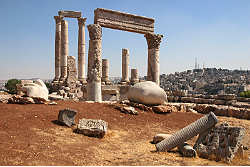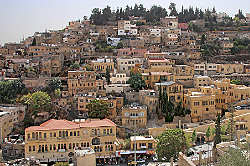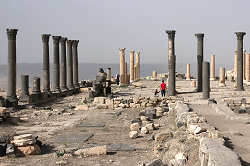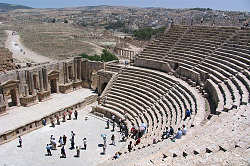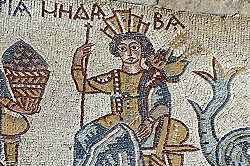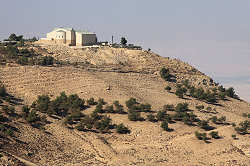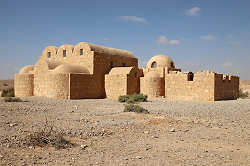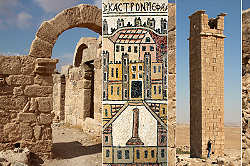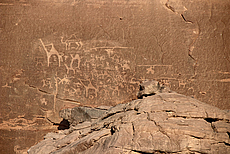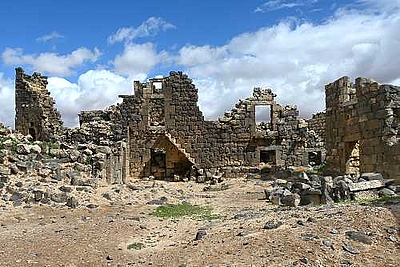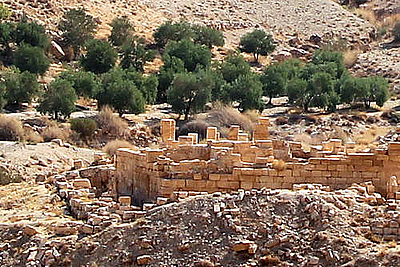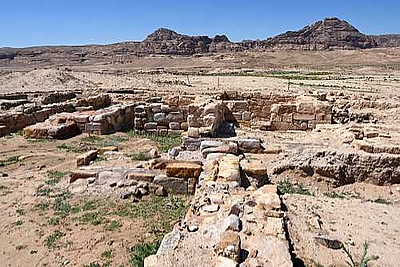Bedouin tribes have lived in Jordan for millennia. Their nomadic lifestyle means that their belongings and utensils must be easily packed, light weight and multi-functional. Most nomadic goods are made from organic materials, particularly animal products such as hair and skin. Because of the nature of their lifestyle, Bedouins have left little trace in the archaeological record except for their inscriptions.
Part of the visual informative tour through the Jordan Museum, Amman, in the frame of Art Destination Jordan.
